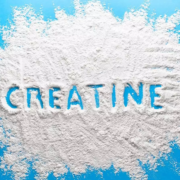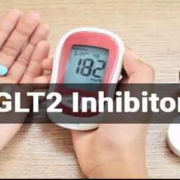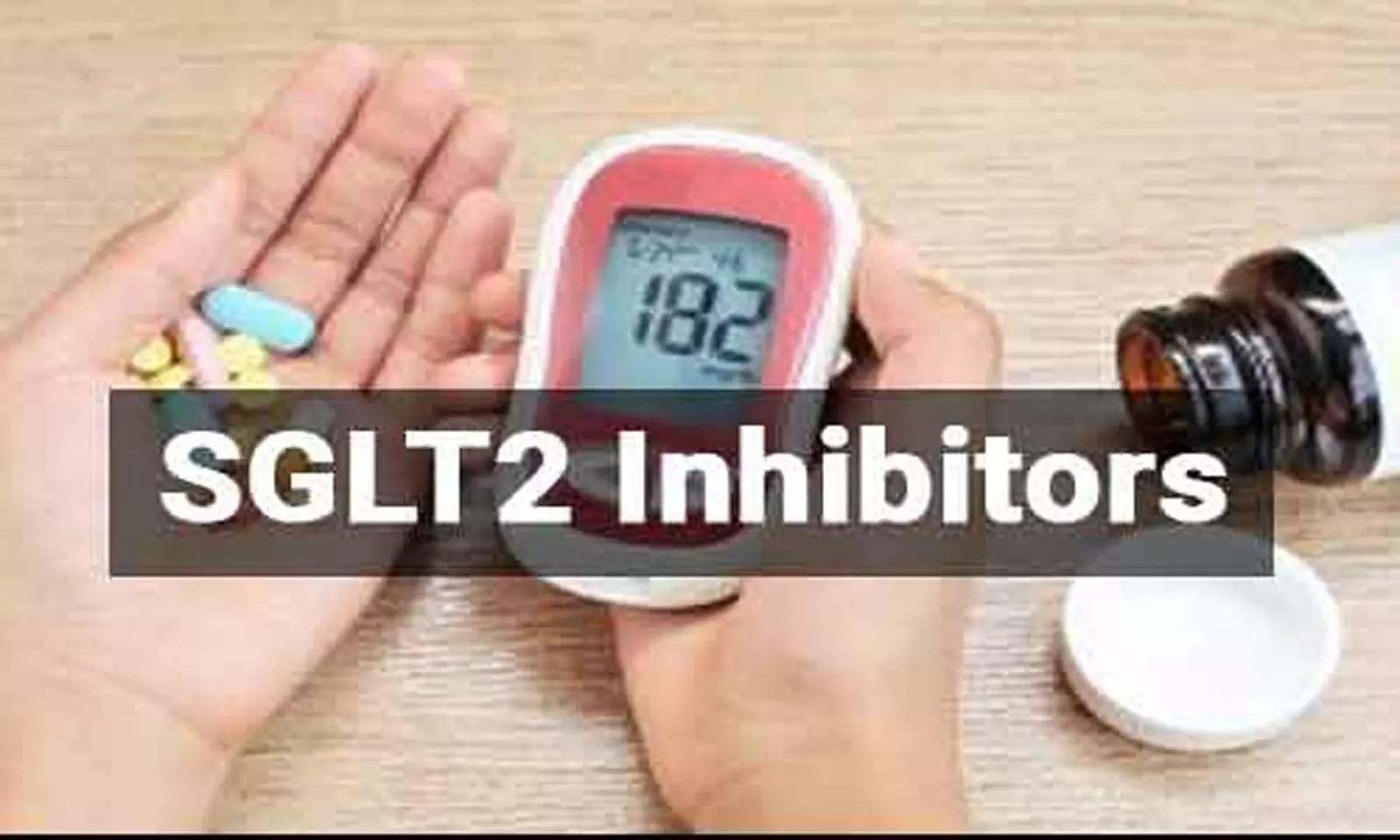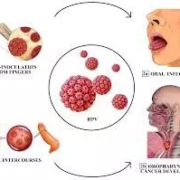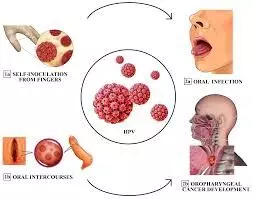Mungeli District Hospital earns NQAS certification

Mungeli: Chhattisgarh’s Mungeli District Hospital has been awarded the National Quality Assurance Standards (NQAS) certification after securing a total of 92.33 per cent marks on all 15 prescribed health service parameters.
The NQAS certification is given by the National Health Mission of the Ministry of Family and Health Welfare.
Mungeli District Magistrate Kundan Kumar said that this achievement is not only a matter of pride for the district but also a milestone towards better health services. He congratulated all the health workers and officials for this success and encouraged them to maintain the quality of services in the same way.
Also Read:8 Mizoram Govt Health facilities receive NQAS Certification
Dr M.K. Roy, Civil Surgeon of District Hospital Mungeli, said, “We have been preparing for the last six months. A team from Delhi had arrived for investigation grading. We have achieved this success due to teamwork. We will continue to strive for even better service in the future”, news agency IANS reported.
RMO Sandeep Kumar Patil, posted in the Health Department, Mungeli, said that the National Quality Assurance Standards of the Ministry of Health is an initiative, which aims to improve the quality of services being provided in government health institutions across the country and to recognise the institutions providing quality services.
“District Hospital Mungeli has done remarkable work on all important parameters like infection control, patient care, clinical services, record management, trained human resources, cleanliness and patient satisfaction. The team of the Ministry of Health expressed satisfaction with the arrangements and services of the district hospital during the inspection. Under NQAS certification, now the district hospital will receive money as an incentive every year for the next three years at the rate of Rs 10,000 per bed on the basis of 240 beds,” he added.
He also informed that after continuous training and evaluation in the last six months, District Hospital Mungeli has become the hospital to receive NQAS certification with the highest marks. Civil Surgeon Dr M.K. Rai, RMO Dr Sandeep Patil, Hospital Manager Surabhi Kesharwani, Matron Divya Masih, and the entire staff had a special contribution in this achievement.
Divya Masih said that every day, eight to ten pregnant women are being successfully delivered in the district hospital, where better treatment is given along with proper monitoring and patient care, due to which the hospital has been awarded at the national level after the team’s inspection. Special attention is paid to cleanliness in the district hospital. The Ayushman card operator said that common patients are taking advantage of the Ayushman card.
Himesh Kumar Khandekar, a relative of a patient admitted for treatment in the district hospital, said that he has come to the district hospital to get his father, suffering from a urinary infection, treated. Khandekar said that regular treatment is being done here and he is satisfied with the treatment, cleanliness and health facilities of the hospital.
Also Read:200 Govt Hospitals in Kerala achieve NQAS Accreditation
Powered by WPeMatico






